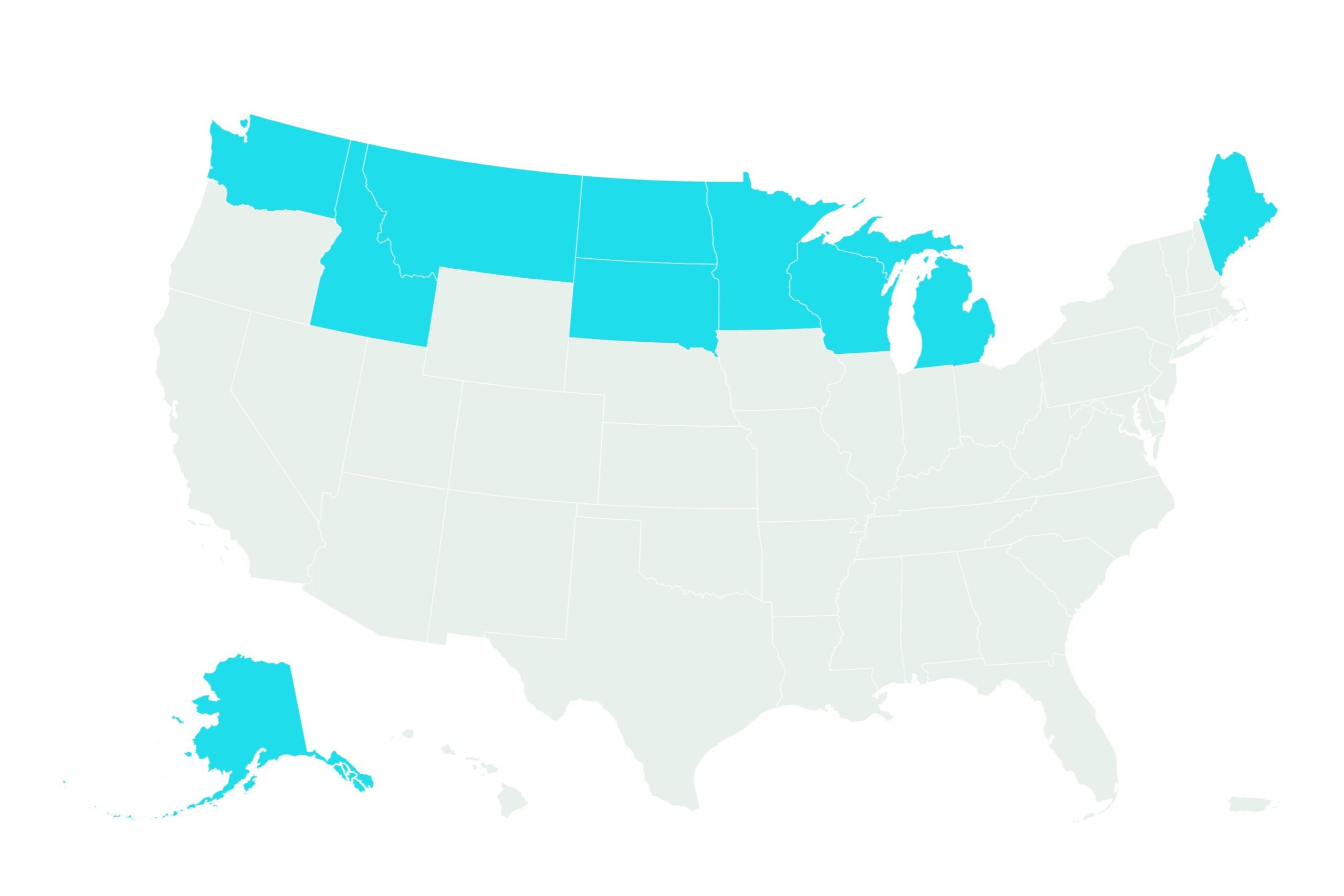
Millions of Americans may have a chance to see the northern lights this week, depending on how clear the skies are and geomagnetic activity.
According to a forecast from the National Oceanic and Atmospheric Administration (NOAA), the aurora borealis could be visible in as many as 10 states on Wednesday and Thursday night.
Why It Matters
Though NOAA’s forecast does not guarantee a sighting, it indicates a rare opportunity for U.S. residents to observe the northern lights.
What To Know
Auroras occur when particles from the sun collide with Earth’s magnetic field, creating energy that lights up the upper atmosphere. This process becomes visible as glowing waves or arcs of color—most commonly green, but occasionally red or purple—across the night sky.
NOAA’s Space Weather Prediction Center (SWPC), using its experimental view line tool, forecasts that the aurora borealis may be visible over parts of Alaska, Washington, Idaho, Montana, North Dakota, South Dakota, Minnesota, Wisconsin, Michigan and Maine over the next two nights.
The SWPC’s view line tool uses geomagnetic data to estimate how far south auroral activity might be visible. The tool reflects potential viewing zones based on the Kp index—a measure of geomagnetic storm strength.
The model is not a guarantee of visibility, but a projection of where the aurora could be seen if the solar storm conditions align with clear skies on the ground.
In addition to clear skies, visibility depends on variables such as low light pollution and the intensity of the aurora at any given time. Even in areas within the forecast’s visibility band, cloud cover or city lights could prevent a sighting.
What People Are Saying
Space Weather Prediction Center operations chief Mike Bettwy told Newsweek: “…there is a slight chance of aurora across the far northern tier of the contiguous U.S. tonight, although this is not expected to be a major or widespread event.
“General tips include viewing late at night, away from city lights, and taking pictures with your iPhone or other technology since the aurora may be visible on those devices even though the human eye may not always detect it.”
What Happens Next
Bettwy said that areas in the upper Midwest and Great Lakes are forecast to have to the most clouds tonight.
The SWPC updates its forecasts regularly. Those interested in viewing the aurora borealis should check the latest prediction and seek out dark, clear areas with a view of the northern horizon.





